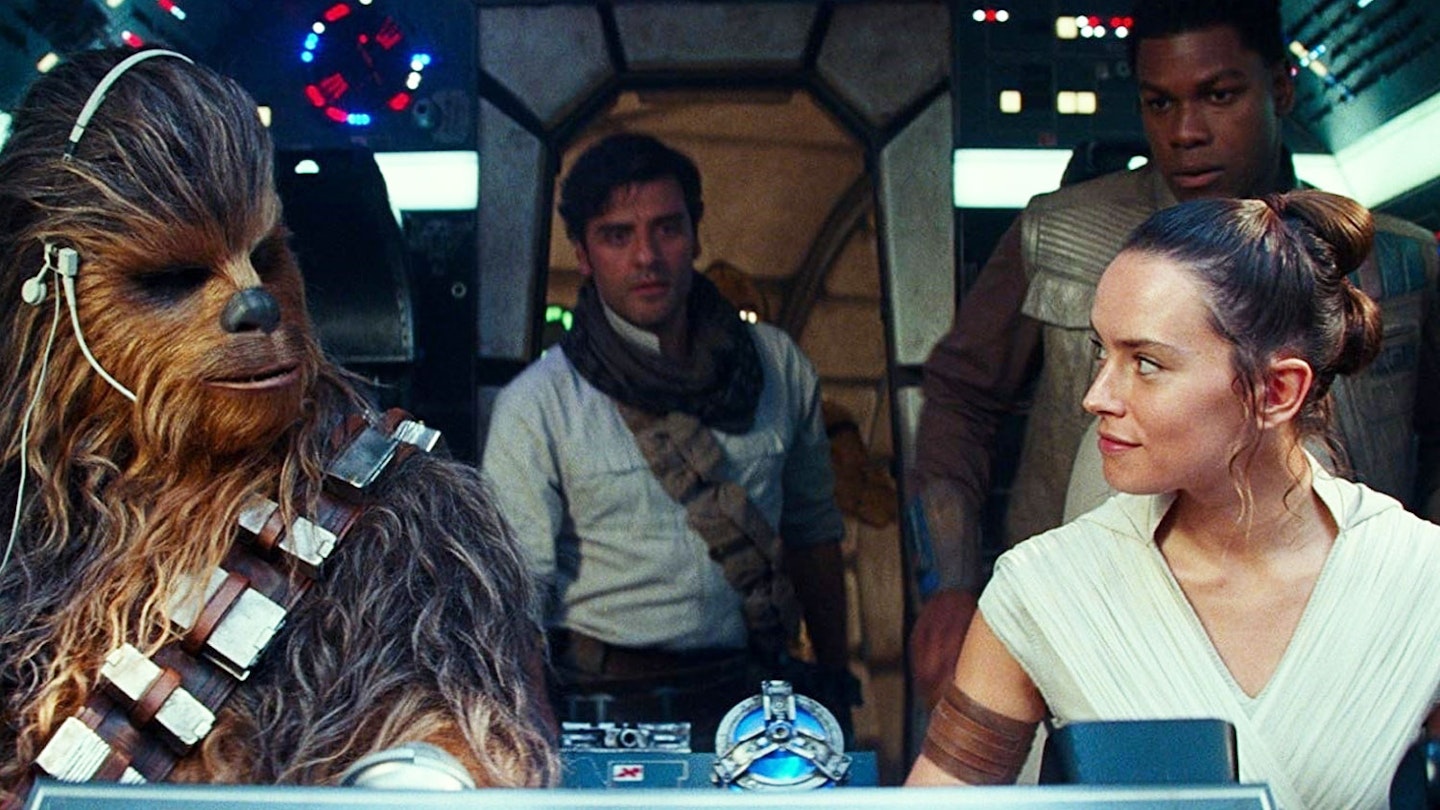I’ll never forget the sound of it. Sat in the Leicester Square IMAX, the air was electric, the room buzzing with excited chatter. The lights went down at last, the projector fired up, and as the silvery Lucasfilm logo illuminated the screen, the audience positively erupted. That was how the Sequel Trilogy began – with thunderous applause.
The press screening of The Force Awakens in December 2015 was not like other press screenings. There was clapping, cheering, and whistling. Note-taking was scarce. Pretensions were left at the door. For two hours, the most cynical of audiences became kids again. It was a truly joyous experience, feeling the crowd sink into J.J. Abrams’ vision – the initial relief in the opening minutes that it was, thank god, good, quickly giving way to the thrill that it was great.
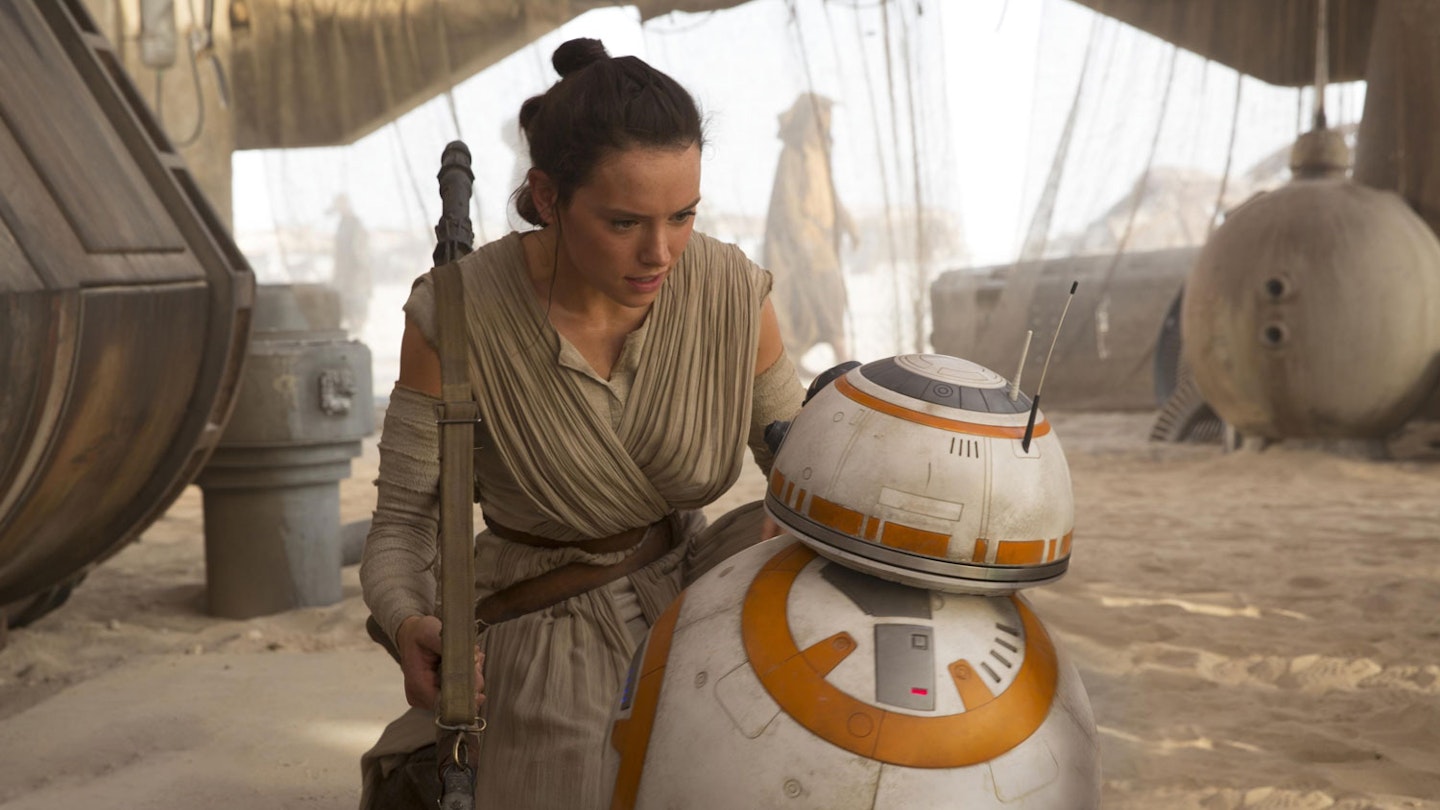
And more importantly, it was Star Wars – with a lonely dreamer stuck on a desert planet, a galaxy’s worth of weird and wonderful creatures brought to life with tactile puppetry, surprising familial revelations, and Han Solo and Chewbacca boarding the Millennium Falcon. The magic was there. Coming off the back of the prequels, so mired in the tragedy of inevitability, and bearing George Lucas’ increasingly divisive digital sensibilities, The Force Awakens brought the joy back to Star Wars. To see the saga reignite on the big screen so boldly, so confidently, so entertainingly, sure to thrill old fans and create a whole generation of new ones, was pure cinematic glee. Adventure, excitement – a blockbuster audience craves all these things. And The Force Awakens had it all.
The conversation between Star Wars old and new remains one of the greatest elements of the Sequel Trilogy.
I’d always loved the original Star Wars trilogy, growing up with the films on DVD and ITV repeats – but watching The Force Awakens unfold on the big screen was something else. It was the thrill of the unknown – going in, nobody knew that Rey was the main character, nor that the villainous Kylo Ren was Han and Leia’s son. The revelation that this generation’s Skywalker was not our new hero and had succumbed to the Dark Side elicited audible gasps. Some accuse The Force Awakens of plumping for easy nostalgia, but it didn’t feel that way when confronted with the brutal shock of Han Solo’s death for the first time, cutting right to the operatic familial tragedy at the heart of Star Wars. That moment rung in my head for days after seeing it. Growing up, it was impossible not to know that Darth Vader was Luke Skywalker’s father. But a new trilogy kicking off with Han Solo’s death at the hands of his own fallen son? I never saw that coming.
After The Force Awakens ended with that shot of Rey and Luke Skywalker on Ahch-To, my brain buzzed for two years imagining what might come next – our Force-sensitive hero was, surely, going to learn the ways of the Force through our legendary master. Living with that anticipation, with these stories reverberating in my head, was just as wonderful as watching them unfold – it was something the Original Trilogy will never be able to give me.
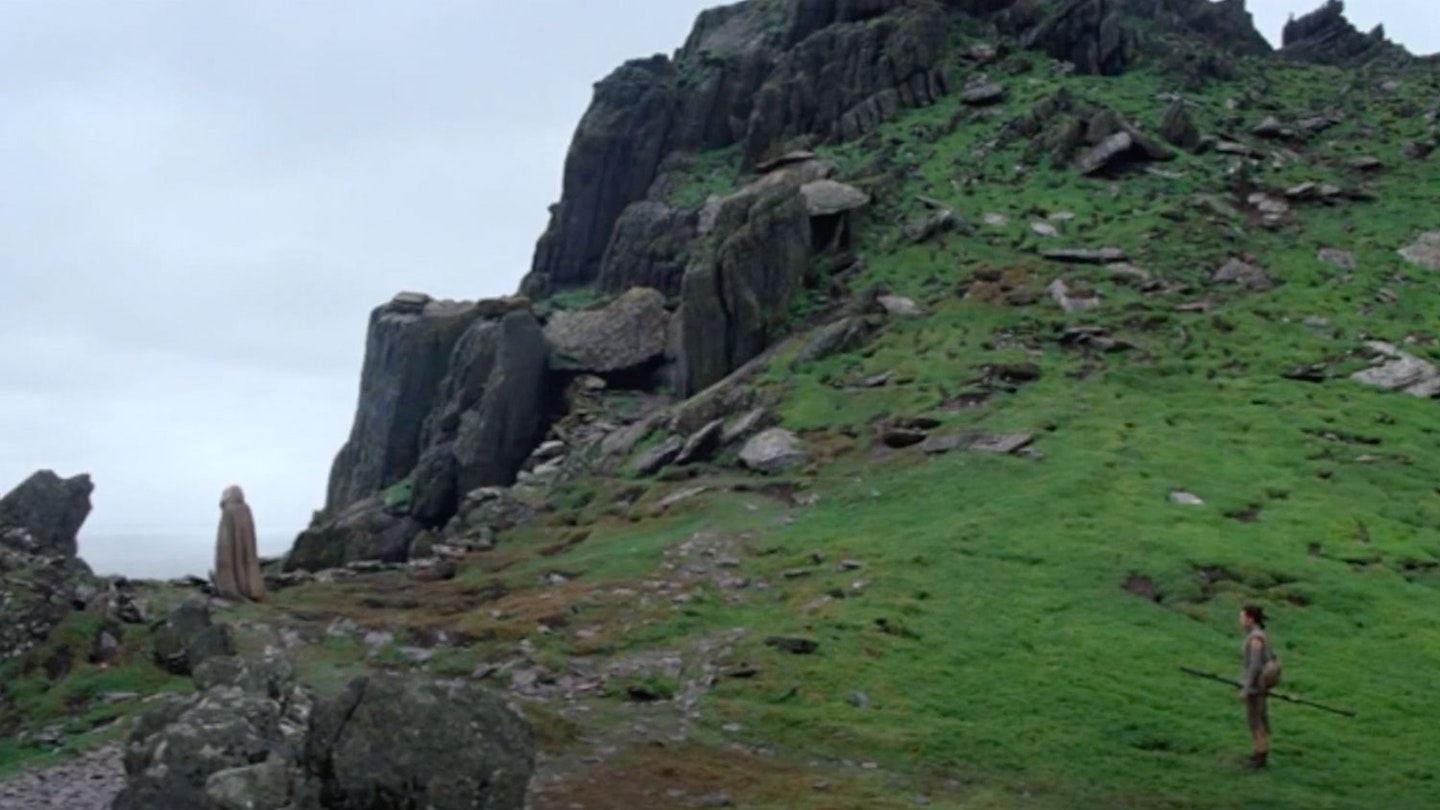
When it finally arrived, The Last Jedi proved worth the wait – Rian Johnson’s film remains perhaps the most beautifully-crafted Star Wars movie, not just visually, but on a story and character level too. Grand, mythical, adventurous, playful – it’s everything Star Wars should be. The Last Jedi evolves and complicates and upends the narrative in thrilling ways that become even more satisfying with every rewatch. From Snoke’s throne-room, to the Holdo maneuver, to Luke’s Force-projection facing down the First Order on Crait, the jaw-dropping action moments are compounded by character-driven choices orbiting around a beautiful central theme – that protecting good is just as heroic as fighting evil. Among it all sits my favourite scene of the whole trilogy: Luke confronted by Yoda’s Force-ghost, ruminating on the true value of the Jedi and the importance of failure. “We are what they grow beyond,” Yoda says. “That is the true burden of all masters.”
That conversation between Star Wars old and new remains one of the greatest elements of the Sequel Trilogy. They’re legacy films that interrogate the meaning of legacy – from the quest to rediscover the heart of Star Wars in The Force Awakens’ search for Luke, to The Last Jedi’s questioning of the validity of the Jedi order, to The Rise Of Skywalker’s notions of family heritage and predestination. And among it all are our new heroes Rey, Finn, Poe Dameron, and Rose – living in the shadow of the old legends, working out how to live up to them, creating new legends of their own in the process. It’s a notion mirrored by the very films themselves – a generation who grew up with the Original Trilogy already complete finally got to be part of a whole new adventure as it unfolded.
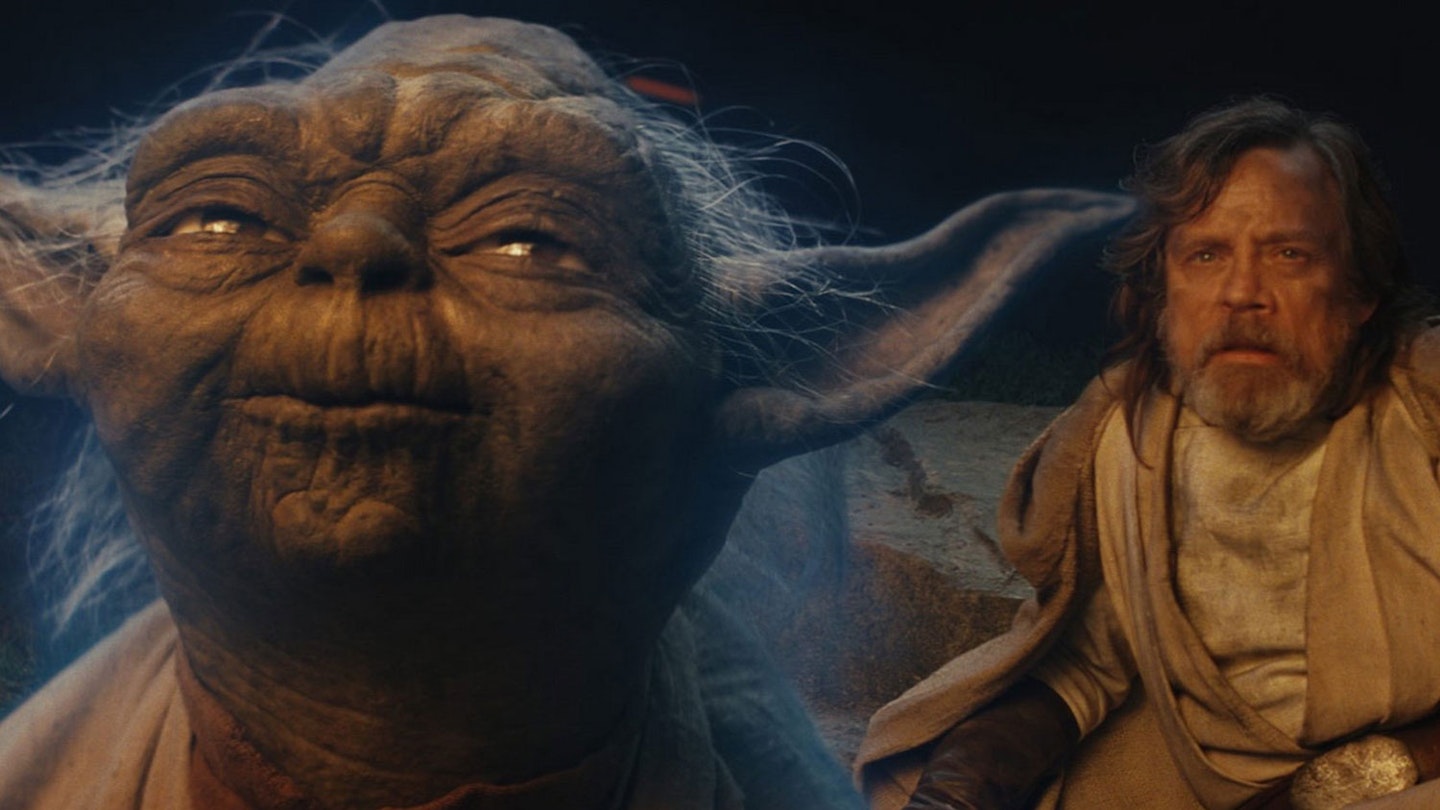
If the Original Trilogy was as defined by its central villain as its hero, so too is the Sequel Trilogy. Kylo Ren stands as one of the saga’s richest, most complex characters, against all the odds. How was a new villain ever going to live up to the iconic Darth Vader? The answer was genius: you create a character who himself is consumed by the very idea of living up to Darth Vader. It’s a turmoil illuminated by Adam Driver’s volatile performance – across the trilogy you feel his torment, the moments he so nearly turns back to the light before ploughing tragically, inevitably, further into darkness. After killing Snoke and fighting back-to-back with Rey in The Last Jedi, it could all be over – they could live freely, and allow the galaxy to live in peace. But Kylo Ren can’t – even with no obstacles in his way, he remains drawn to the Dark Side, intent on bringing Rey with him. It’s Star Wars at its most operatic.
For all its flaws – and every Star Wars trilogy closer has them – The Rise Of Skywalker plays out that push-and-pull of Rey and Kylo Ren’s intertwined stories brilliantly. There’s an increasingly dangerous feeling to their Force-conversations, while it’s Ren that draws out Rey’s Force-lightning and reveals her true dark parentage. Their conflict culminates in a ferocious lightsaber battle on the Death Star wreckage in the heart of a raging sea — pure high drama on an epic scale. And it has consequences: Rey striking down Kylo Ren without hesitation, when given the chance, and resurrecting him as Ben Solo, facial scar now Force-healed. I teared up in the cinema when Ben made peace with the memory of his father, the stormy waters now calmed, redeemed by love and the promise that it wasn’t too late to come back to the light. That it was Leia’s final act to call out to Kylo Ren, giving him that crucial moment of pause, felt like a gorgeous tribute to Carrie Fisher’s legacy and Leia’s story in the face of impossible circumstances. It was full of surprise, and yet true to the redemptive essence of Star Wars.
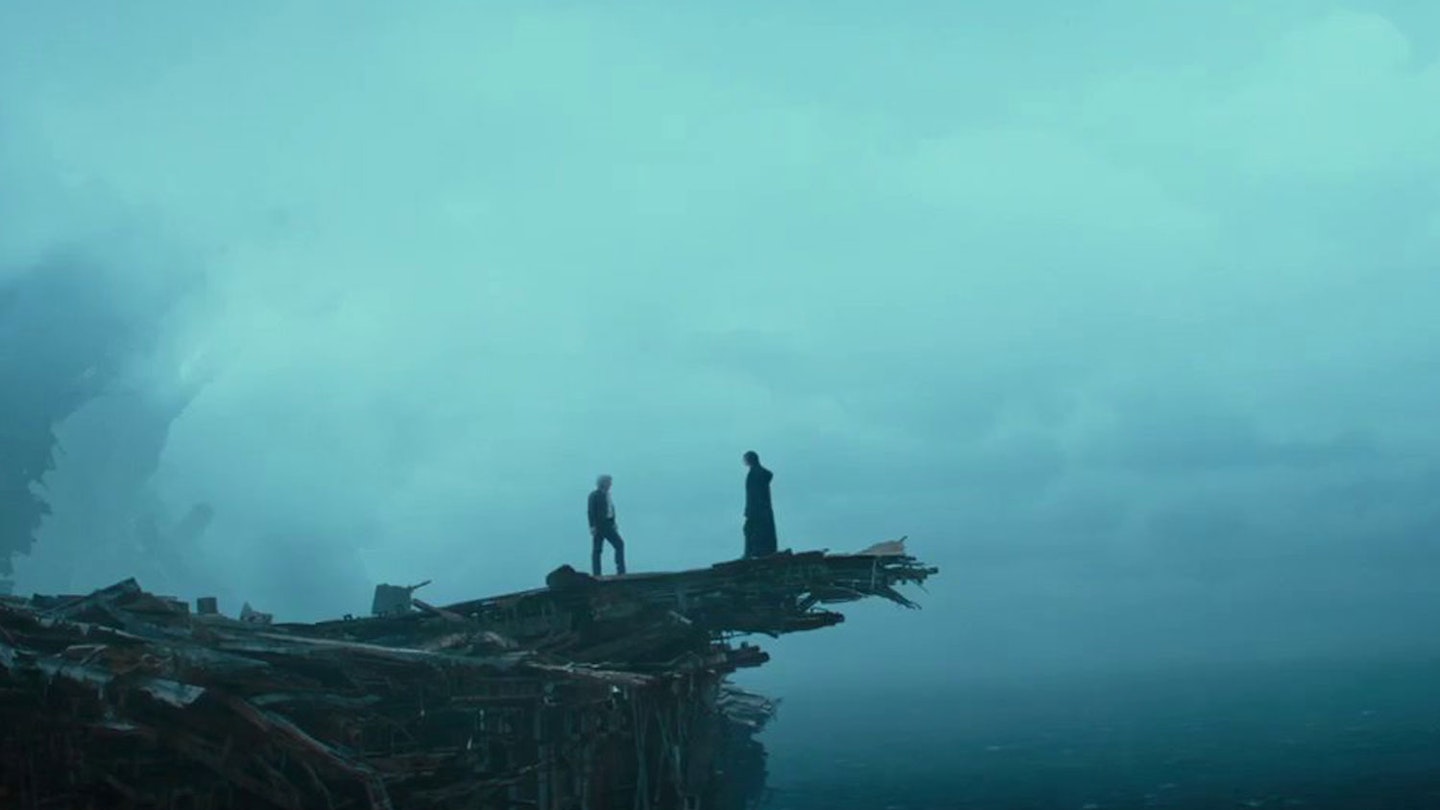
At the heart of the trilogy is Rey, our hero – the girl from nowhere, with nothing. The scavenger who picks the scraps from the old war, who like Luke before her gazes up at the sky and dreams of something bigger, a sense of belonging. Her journey through the Sequel Trilogy is beautifully emotional. In the opening of The Force Awakens, she sits in the desert at the foot of a fallen AT-AT, placing an old Rebel pilot helmet on her head as she eats her one half-portion. By the climax of The Rise Of Skywalker, she’s leading the Rebellion in Luke’s old X-Wing, wearing his helmet into battle, ready to face her destiny. It’s a spine-tingling arc. The Sequel Trilogy, really, is about Rey’s search for her identity – the girl from Jakku desperate to discover who she is and what makes her special. And though her lineage may be ultimately extraordinary, the answer to it all was herself all along: just Rey. She’s the one who finds the lost Luke Skywalker, trains under him, brings him back to the fray, saves the fledgling Resistance, trains under Leia, brings Kylo Ren back to the light, defeats the Emperor, and chooses her own identity: Rey Skywalker. And it all comes from following her gut instinct, her empathy and compassion, her belief in the light side of the Force. She is, for me, the greatest hero in Star Wars.
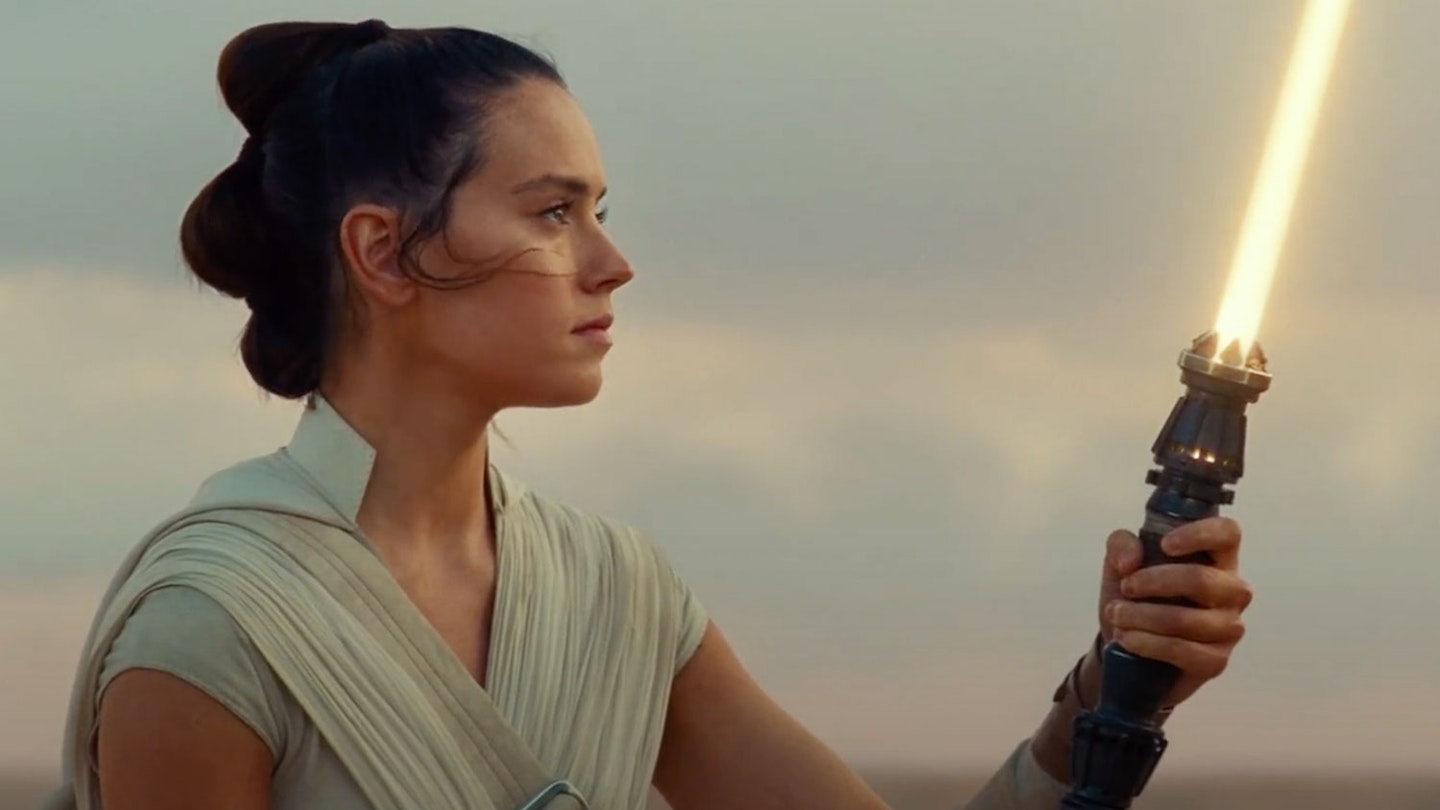
Rey’s story remains the brightest light in a trio of films bursting with joy. The Sequel Trilogy gave us incredible heroes. It gave us greater representation, allowing more people to see themselves in a galaxy far, far away than ever before. It gave us Porgs and Babu Frik and BB-8 rolling across the desert. It gave us ‘Rey’s Theme’. It gave us the best lightsaber fights, the most exhilarating flying sequences, and Poe Dameron biting his lip. It even gave us Laura Dern in a purple wig.
I will always love the Original Trilogy – without it there’d be no Star Wars. I enjoy the Prequel Trilogy, flaws and all. But it was the Sequel Trilogy – watching it unfold, believing completely in this new generation of heroes, dreaming of what came next – that really, truly, made me feel the Force.
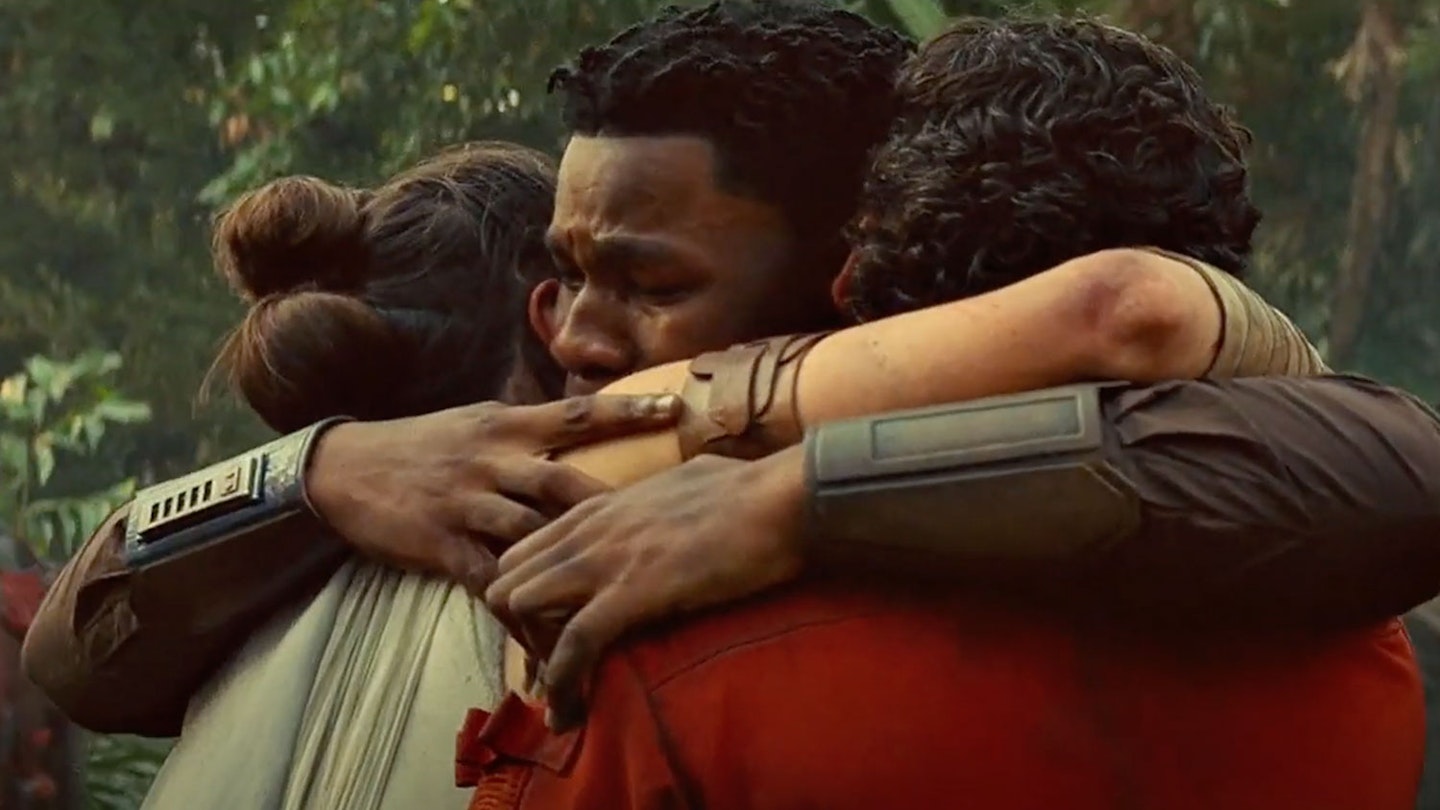
READ MORE: Star Wars: May The 4th Be With You
READ MORE: Star Wars: Eight Spine-Tingling Skywalker Saga Trailers
